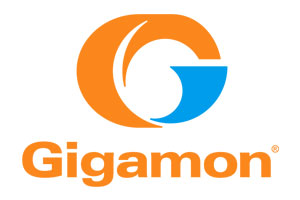Mobile users’ expectations have increased ten-fold over the last few years, says Andy Huckridge, taking it for granted that they should be able to watch videos, stream music, play online games, and so on wherever and whenever they choose.
The simple fact is that mobile providers are operating in a market where customer loyalty and retention needs to be earned over time – and can be lost with one wrong move. User-experience is key, yet often bandwidth is not evenly distributed among customers but rather, a small percentage of users generate the biggest network load. As a result, the Quality of Experience (QoS) for other customers is affected – but such bandwidth issues are just the start. Service providers have only just faced the transition to 4G and now, thanks to the capabilities of newer devices, will face further upheaval as they navigate the road to VoWiFi and VoLTE.
While consistently providing a high QoS for customers is absolutely key to a mobile operator’s success, it’s becoming more and more difficult to do so. With traffic continuing to grow, a transformation is required in order to keep up with demand, but this can be complicated and expensive. 100GbE pipes aimed to solve the issue of too much traffic, but are hard to monitor as very few analytic tools are able to directly connect, while VoLTE is a complex and hugely sensitive real-time service that requires a high level of visibility to keep it functioning. On top of that, virtualisation technologies – Software-Defined Networking (SDN) and Network Functions Virtualisation (NFV) – are becoming increasingly attractive propositions, thanks to their promise of simplicity and agility. Yet they also add layers of network abstraction, which decreases visibility into traffic crossing the physical layer.
Long story short – mobile operators are facing operational complexity, at the same time as trying to reduce costs and become more agile to bring new capabilities to market – all with the ultimate aim of keeping QoS high and increasing Annual Revenue Per User (ARPU).
In order to reap the benefits of high-speed networks and new services like VoLTE and VoWIFI, as well as keep customers happy, operators need greater visibility into how their networks are operating. Increasingly visibility will be essential for offering VoLTE and VoWIFI as, in order for the service to work seamlessly, operators will need a greater understanding of how all the technologies sit together and interact, as well as how pre-existing services will be impacted by the newer ones. A unified visibility fabric establishes a visualisation layer between the network and monitoring tools, so traffic from all over the network can be intelligently replicated to monitoring and management tools. These tools, which otherwise have limited visibility into the volume of traffic, can deliver their full value and provide a detailed analysis of any performance impacting events. Operators are then able to proactively identify where pressure points are located and reduce the impact of poor performance on customers. The fabric delivers end-to-end visibility into the millions of flows, thousands of events and hundreds of changes that occur within an increasingly complex infrastructure and, importantly, in real-time – which is  critical for providing VoWiFi and VoLTE effectively.
critical for providing VoWiFi and VoLTE effectively.
With the level of uncertainty that is facing service providers, there is only one constant – the need to be able to monitor all the technology, new or old, and the network changes to ensure everything is working as expected. Essentially, QoS will drive customer loyalty, which has to be the priority for all carriers. Network visibility is the only way to ensure it.
The author of this blog is Andy Huckridge, director of service provider solutions, Gigamon






